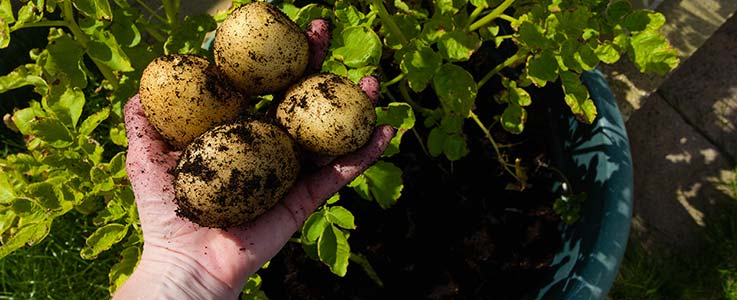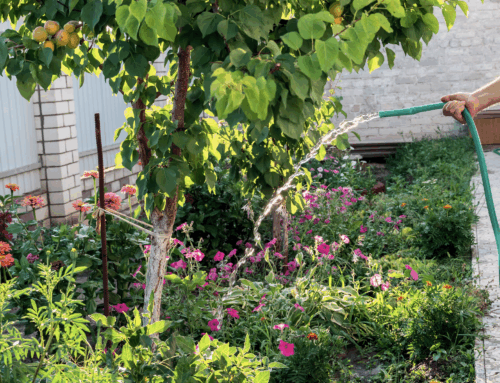
There is nothing more satisfying than growing, harvesting and eating your own potatoes. Most of the nutrients found in a potato come from the skin, so growing your own and knowing that no nasties have been used during the growing process, means you can just scrub away the dirt and keep the skin in tact. Plus did you know that the humble potato has as much potassium in it as a banana.
Many people do not realise how simple the process is, so have a read of our guide to see how to get started.
Types of Seed Potato
Seed potatoes are generally available in 3 types:
For beginners we highly recommend starting out with ‘first earlies’. They will grow the quickest and crop in around 10 weeks from planting. Potato ‘Rocket’ is the perfect choice for a first early, as it has good all-round disease resistance and can be grown in bags or in the ground.
First earlies should be planted out in March.
Planting Seed Potatoes in Grow Bags
For first time growers, we recommend using potato growing bags rather than sowing into the ground.




